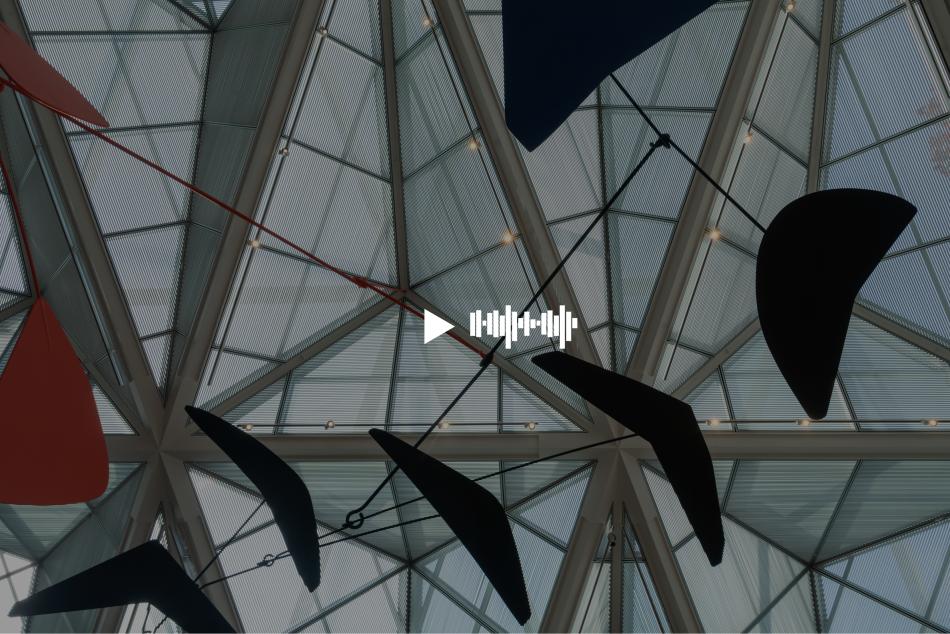NARRATOR:
This painting shows us two of the most famous buildings in Venice - St Mark’s Basilica and the pink-colored Ducal Palace. Nearby, people examine some of the city’s renowned textiles at the little stalls. The painting was made around 1744 by Canaletto, artist of view paintings. His paintings were often commissioned as souvenirs by wealthy young British men on a European “Grand Tour”. Eve Straussman-Pflanzer, curator and head of Italian and Spanish Paintings.
EVE STRAUSSMAN-PFLANZER:
They would often collect works of art - older works of art including Greek and Roman sculpture, pictures from an earlier time period such as the Renaissance. But they would also commission works from contemporary artists such as Canaletto.
NARRATOR:
Canaletto’s views functioned as reminders of the architectural wonders and social pleasures of Venice (like canals and gondolas) once the purchasers were back home in cool, cloudy Britain. These paintings also gave those who’d never visited Venice a glimpse of its appearance and atmosphere. And Canaletto often included slightly more than the eye could see in person from a particular viewpoint, making it even richer in setting and detail.
Of course, today a quick internet search provides an infinite number of images of Venice. While travel mementos have shifted over time from paintings and souvenir postcards to photographs captured by personal cameras and now phones, the subjects of these mementos remain the same sites that capture the heart and soul of Venice.
SAM YOUKILIS:
I’m Sam Youkilis, I'm a photographer from New York City and I'm currently working between Italy and New York.”
Venice in particular I think is so interesting because it's one of the most frequented places by tourists and one of the most photographed and storied places in Italy, and probably the world.
NARRATOR:
As a travel photographer, Sam is always searching for new, different, and unexpected ways to capture the sites of Venice.
SAM YOUKILIS:
It's kind of lovely to see these beautiful stalls and vendors. I remember quite vividly a couple of weeks ago walking into this square, and it's just like café after café with the same chairs, the same beautifully dressed servers all the way at the end of this crazy extension of an outdoor café, with menus, speaking every language at everyone who walks by, trying to get people to sit down.
And I think that form of presentation to visitors is so, so, so, different from this one, which feels way more quiet, way more beautiful, and actually reflective of Venice and a place.




